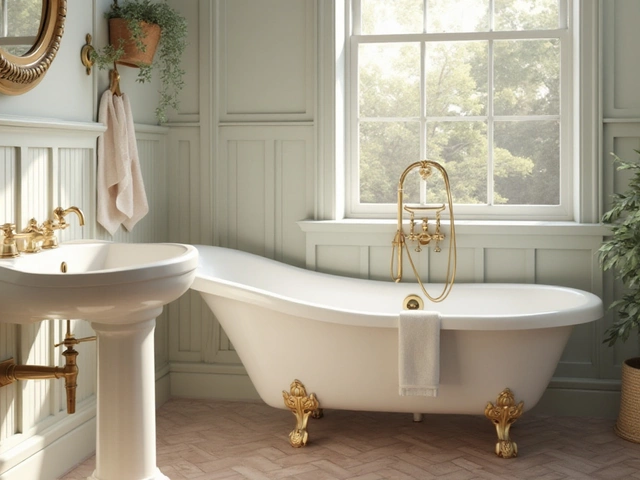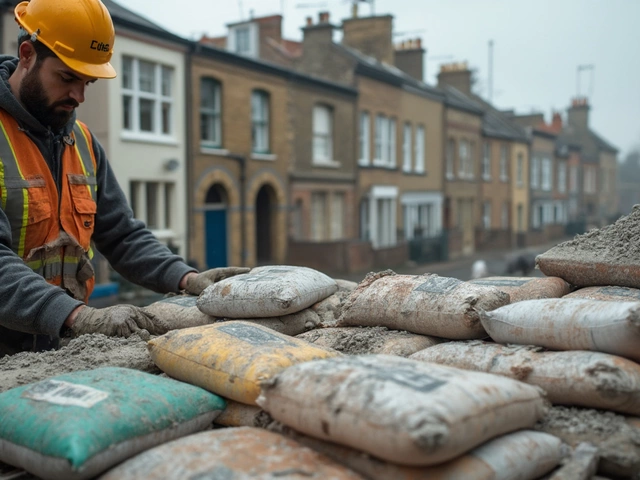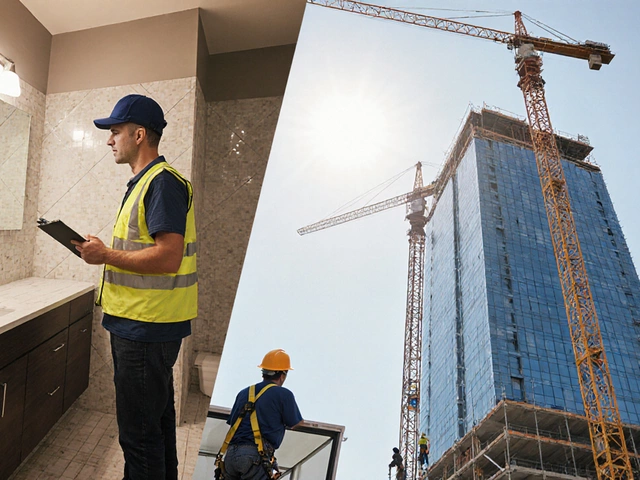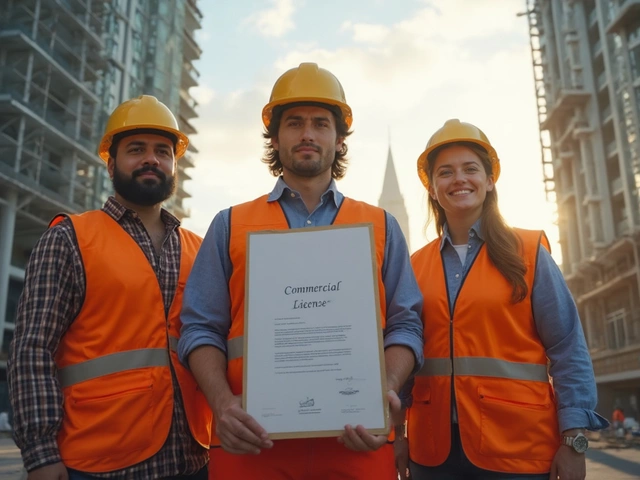Construction Budget: How to Keep Your Project On Track
If you’re planning a build, the first thing on your mind should be the money side. A solid construction budget stops surprises, stops stress, and keeps the work moving. Below you’ll find simple steps you can take right now to map out expenses, spot hidden costs, and stay within your limits.
Why a Budget Is Your Best Friend
Without a clear budget, every decision becomes a guess. Guesswork leads to over‑spending on things like foundation work, roofing material, or kitchen fitting. It also makes it hard to compare quotes because you don’t know what you’re actually paying for. A good budget breaks the whole project into bite‑size pieces – site prep, foundation, framing, utilities, finishes, and a contingency fund for the unexpected.
Most builders recommend setting aside about 5‑10 % of the total cost as a contingency. That cushion covers surprises like a cracked foundation you didn’t see in the soil report, extra waterproofing for a new build, or a price jump in roofing shingles. Having that buffer means you won’t have to scramble for cash mid‑project.
Top Budgeting Strategies You Can Use Today
1. List every line item. Start with a spreadsheet. Write down everything you think you’ll need – from the limestone you’ll get from Lime Hillock Quarries to the cost of a new kitchen dry‑fit. Include labor, permits, waste disposal, and even small things like site lighting. When you have a full list, it’s easier to see where you can cut or where you need more money.
2. Get multiple quotes. Don’t settle for the first number you hear. Talk to at least three suppliers for each major item – foundation repair, roofing, flooring, etc. Compare not just price but what’s included: delivery, insurance, clean‑up. Our own articles explain how to read quotes and spot hidden fees.
3. Prioritize must‑haves over nice‑to‑haves. A strong foundation and a watertight roof are non‑negotiable. Features like premium flooring or custom cabinets can be postponed if the budget is tight. Decide early which items are essential and which can be upgraded later.
4. Use cost‑saving materials wisely. Certain materials give good value without compromising quality. For example, a limestone base from a local quarry can be cheaper than importing stone, and it still offers durability. Our guide on “Best Flooring Choices for New Builds” shows where you can save without losing style.
5. Track spending weekly. Once work starts, update your spreadsheet every week. Mark what’s been paid, what’s pending, and any change orders. Seeing the numbers in real time lets you react fast – maybe you need to pause a non‑essential finish to stay within budget.
Following these steps will give you a clear picture of where your money goes and help you avoid the dreaded cost overrun. If you need more detail, check out the articles linked on this page – they walk you through foundation budgeting, roof replacement cost breakdowns, and kitchen fitting expenses.
Remember, a construction budget is not a one‑time thing. It’s a living document that evolves as the project moves forward. Keep it realistic, keep it flexible, and keep reviewing it. With a solid budget in hand, you’ll feel confident that your build stays on schedule and on price.
Cost to Build a 3,000 Sq Ft House in Louisiana
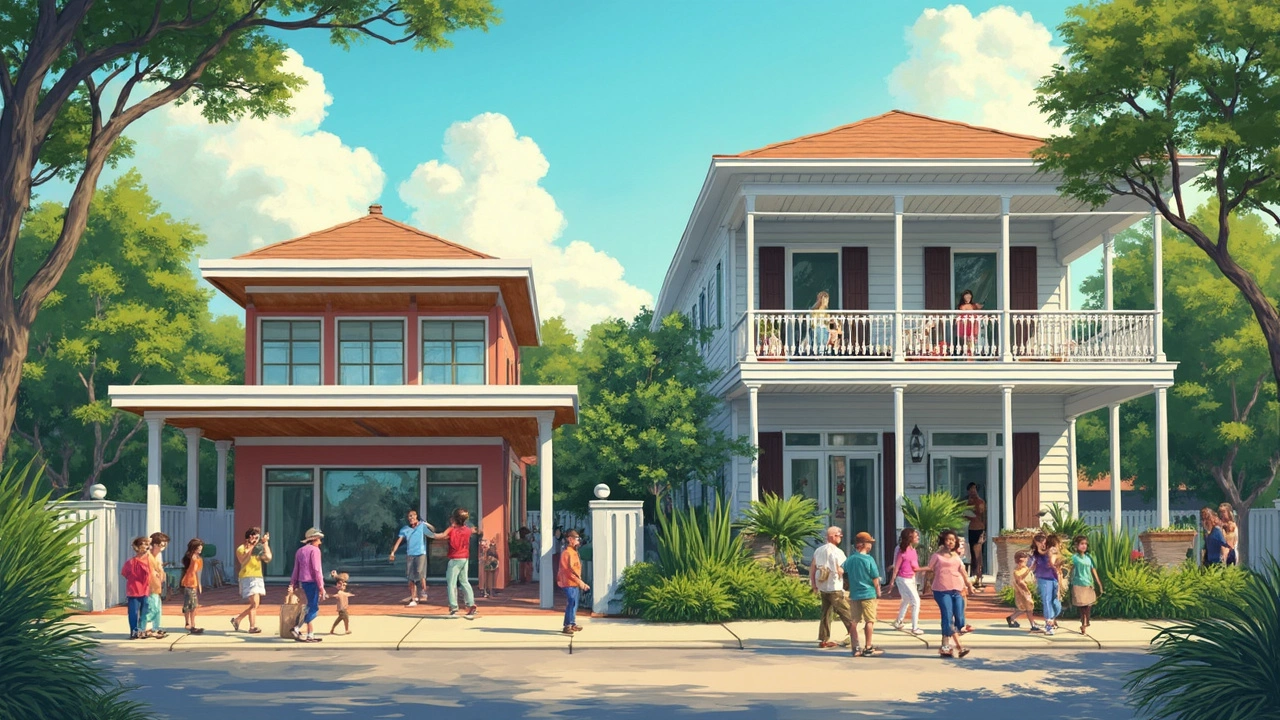
Building a home in Louisiana comes with its unique set of challenges and costs. Factors like land prices, labor expenses, material costs, and regional codes play a huge role in shaping the final budget. Understanding these factors can help future homeowners manage their finances effectively and make informed decisions. Whether you're eyeing a modern design or traditional architecture, knowing what to expect financially is crucial. This read breaks down the essentials of budgeting for a 3,000 square foot home in the vibrant locale of Louisiana.
read more